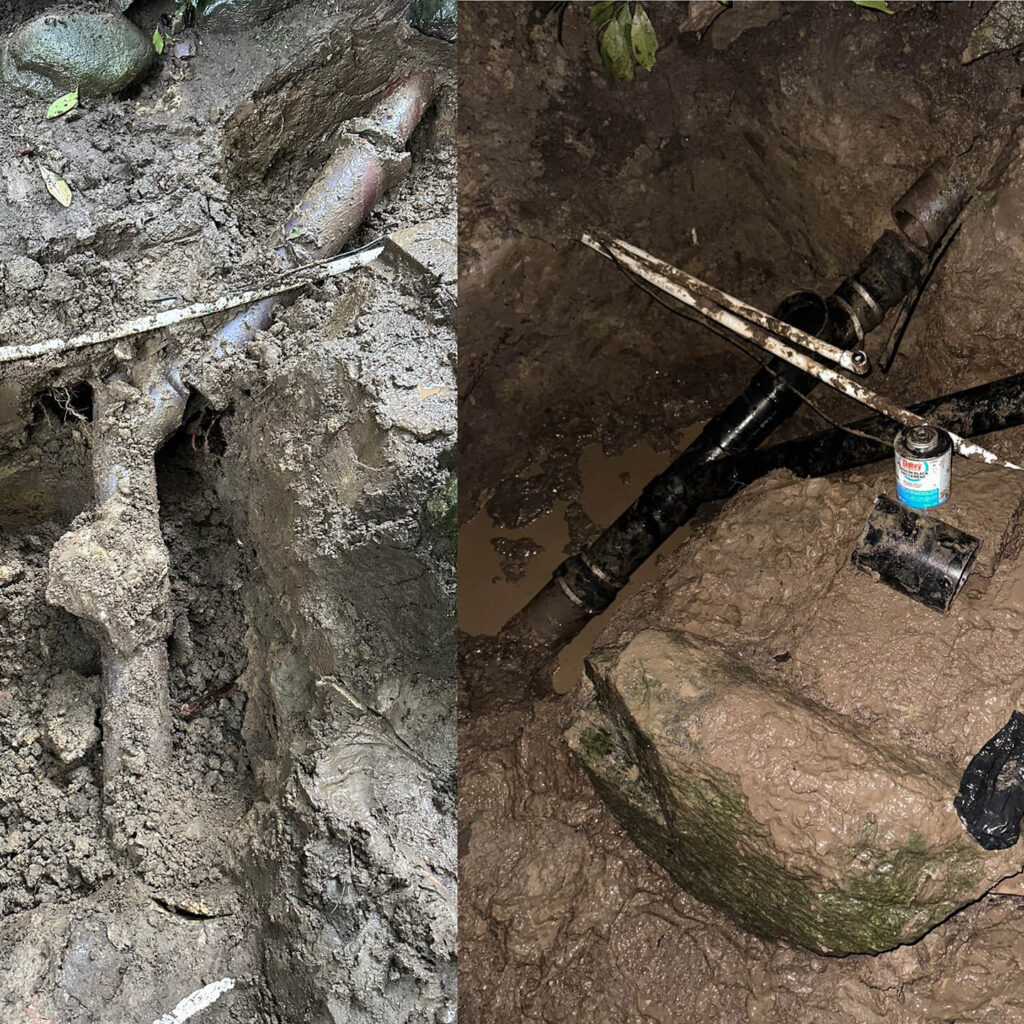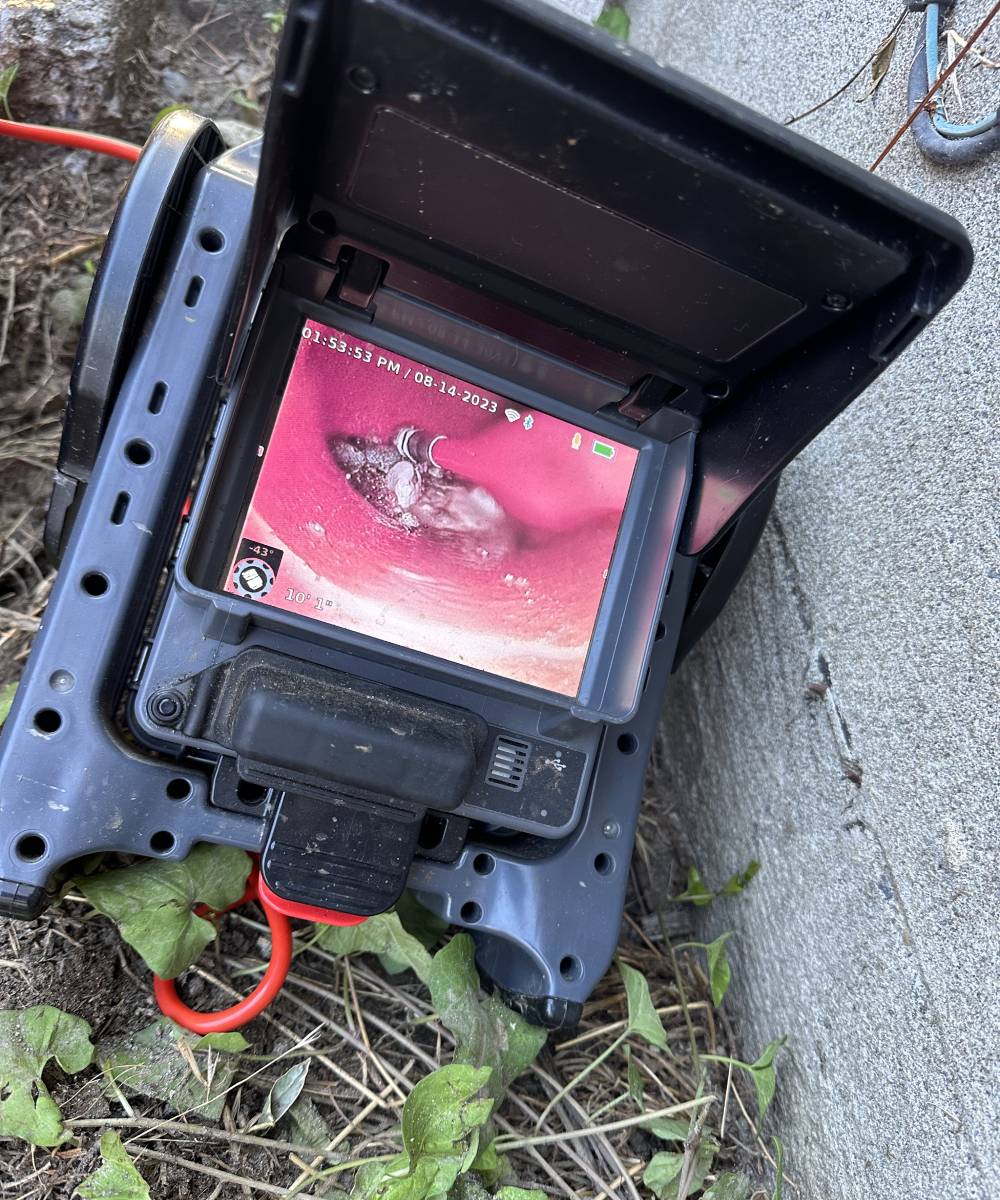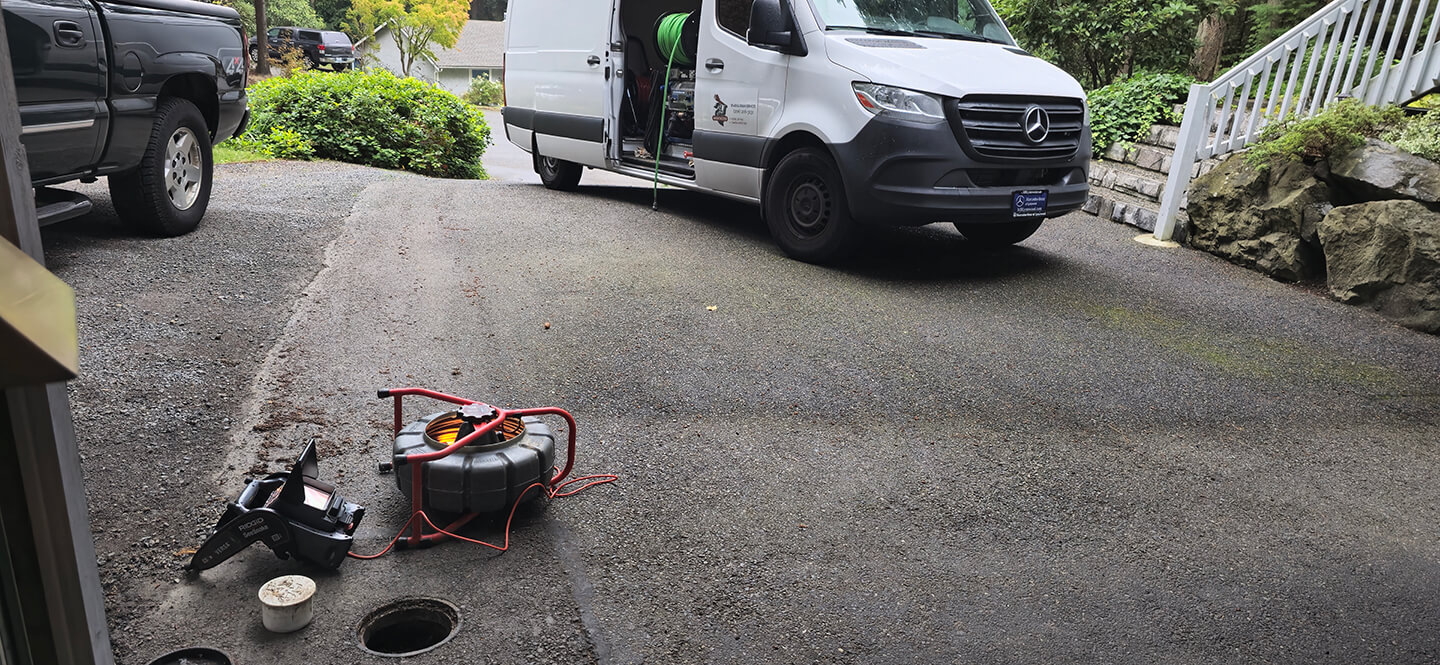Seattle’s aging sewer infrastructure is a growing concern for homeowners. With pipes dating back 70–100 years in many neighborhoods, issues like leaks, clogs, and backups are increasingly common. These problems can disrupt daily life, damage property, and pose environmental risks. Fortunately, modern solutions like trenchless sewer replacement offer efficient, less invasive fixes. This guide explores the challenges of aging sewer pipes, innovative replacement methods, costs, and practical maintenance tips to keep your Seattle home’s plumbing in top shape. Is your home at risk from aging pipes? Read on to find out how to protect your property.
Understanding Seattle’s Aging Sewer Infrastructure
Seattle’s sewer system is a vital network spanning over 1,200 miles of pipes, managing wastewater from homes and businesses. Many of these pipes, especially in older areas like Capitol Hill or Queen Anne, were installed decades ago using materials such as clay, cast iron, or concrete. While durable at the time, these materials are now prone to corrosion, cracks, and structural failure due to age and environmental factors. Seattle’s unique climate, with heavy rainfall and abundant tree cover, accelerates pipe deterioration. The city operates three sewer systems—combined, separated, and partially separated—each facing challenges from aging infrastructure. Homeowners are responsible for maintaining their side sewers, the pipes connecting their property to the city’s main sewer line. Understanding these challenges is the first step to addressing issues before they escalate
Common Issues with Aging Sewer Pipes
Aging sewer pipes in Seattle face several problems that can lead to costly repairs if ignored:
- Tree Root Intrusion: In tree-heavy neighborhoods, roots infiltrate pipe joints, causing blockages or cracks.
- Corrosion and Cracks: Older materials like clay or cast iron corrode over time, leading to leaks or collapses.
- Offset Joints and Sags: Misaligned joints or sagging pipes trap debris, resulting in frequent clogs.
- Sewer Backups: Symptoms include gurgling drains, slow drainage, sewage odors, or backups in sinks and toilets.
These issues can cause significant property damage, such as flooded basements, and pose health risks by contaminating groundwater. Regular inspections can identify problems early, saving homeowners from emergency repairs and environmental harm.

Modern Sewer Line Replacement Methods
Advancements in plumbing trends have revolutionized sewer line repair, making replacements less invasive and more efficient. Trenchless technologies are particularly well-suited for Seattle’s urban environment, where digging up yards or streets is disruptive. Two popular methods include:
- Pipe Bursting: A new pipe is pulled through the old one, breaking it apart and replacing it without extensive excavation. This method is ideal for severely damaged pipes.
- Cured-in-Place Pipe (CIPP) Lining: A flexible liner is inserted into the existing pipe and cured to form a new, durable interior surface, sealing cracks and leaks.
Both methods minimize disruption to landscaping and are often faster and more cost-effective than traditional open-cut replacements. A sewer camera inspection is typically used beforehand to assess pipe condition, ensuring the right solution is applied. These innovations make Seattle sewer replacement more accessible and environmentally friendly.
Costs and Financial Considerations
The cost of sewer line replacement in Seattle typically ranges depending on several factors: Pipe Length and Location: Repairs under streets, driveways, or sidewalks are more expensive due to accessibility challenges.
Replacement Method: Trenchless methods are often more affordable than traditional digging, which requires extensive labor and restoration.
Extent of Damage: Collapsed or heavily damaged pipes require more complex repairs, increasing costs.
Homeowners may be eligible for financial assistance, such as Seattle’s Home Repair Loans for low- to moderate-income households. Always hire licensed contractors and obtain multiple quotes to ensure compliance with local regulations, including permits. Investing in timely replacement can prevent more expensive emergencies down the line.
Preventative Maintenance for Seattle Sewers
Proactive maintenance is key to extending the life of your sewer system and avoiding costly replacements. Here are practical tips for Seattle homeowners:
- Schedule Regular Inspections: Have your sewer scoped every 1–2 years to detect issues like cracks or root intrusion early.
- Use Root-Killing Treatments: Products like Root-X can prevent tree roots from infiltrating pipes, especially in tree-heavy areas.
- Avoid Flushing Non-Degradables: Only flush toilet paper and wastewater to reduce clogs. Items like wipes or grease can damage pipes.
- Monitor Drainage: Address slow drains, gurgling sounds, or unusual odors promptly to prevent backups.
Regular maintenance can save thousands in repair costs and keep your plumbing system running smoothly.
Why Choose Professional Sewer Solutions
When it comes to addressing aging sewer infrastructure, professional expertise makes all the difference. KnightRooter specializes in Seattle sewer replacement, using advanced trenchless technology to deliver efficient, reliable solutions. Our experienced team conducts thorough inspections and tailors services to your home’s needs, ensuring minimal disruption and lasting results. With a commitment to customer satisfaction, we’re here to protect your property from the challenges of aging pipes. Ready to take action? Contact a sewer expert (knightrooter.com) for a consultation today.
Conclusion
Seattle’s aging sewer infrastructure poses unique challenges for homeowners, from tree root intrusion to corroded pipes. Modern trenchless replacement methods offer efficient, eco-friendly solutions, while regular maintenance can prevent costly repairs. By understanding the signs of sewer issues and acting proactively, you can protect your home and avoid emergencies. KnightRooter is your trusted partner for Seattle plumbing, offering expert sewer line replacement and maintenance services tailored to the city’s needs. Contact us today to schedule an inspection or learn more about keeping your sewer system in top condition.
Explore More Resources
For more information on sewer line maintenance and repair, visit our service pages:
- Sewer Line Replacement Everett
- Sewer LineReplacement Edmonds
- Sewer Line Replacement Seattle
- Sewer Line Replacement Bothell
- Sewer Line Replacement Kirkland
- Sewer Line Replacement Lynnwood
- Sewer Line Replacement Woodinville
- Sewer Line Replacement Snohomish
- Sewer Line Replacement Bellevue
FAQ
1. What are the signs my Seattle sewer line needs replacement?
Look for frequent clogs, slow drains, gurgling sounds, sewage odors, or backups in sinks and toilets. A professional inspection can confirm the need for replacement.
2. How long does a sewer line replacement take?
Trenchless replacements typically take 1–2 days, while traditional methods may take longer, depending on the project’s scope.
3. Is trenchless sewer replacement better than traditional methods?
Trenchless methods are less invasive, faster, and often more cost-effective, making them ideal for Seattle’s urban neighborhoods.
4. Who is responsible for sewer line repairs in Seattle?
Homeowners maintain side sewers from their property to the city’s mainline, while the city handles mainline repairs.
5. Can I get financial help for sewer line replacement?
Yes, Seattle’s Office of Housing offers interest-free Home Repair Loans for eligible low-income homeowners.
For professional and fast drain cleaning Bothell, drain cleaning Seattle, and drain cleaning Bellevue, contact KnightRooter. Our team is ready to provide the best solutions for your drain issues.





No comment yet, add your voice below!